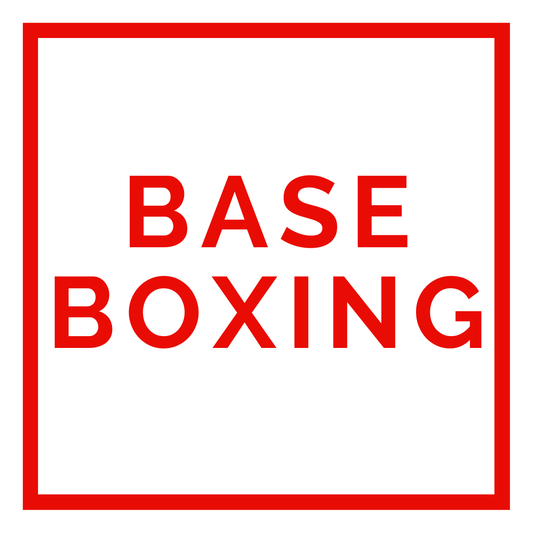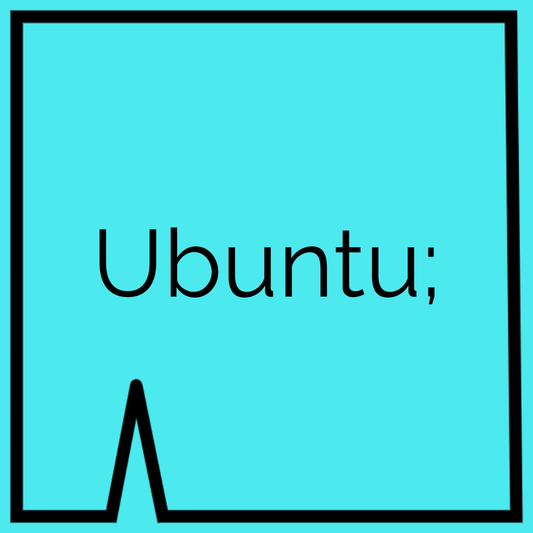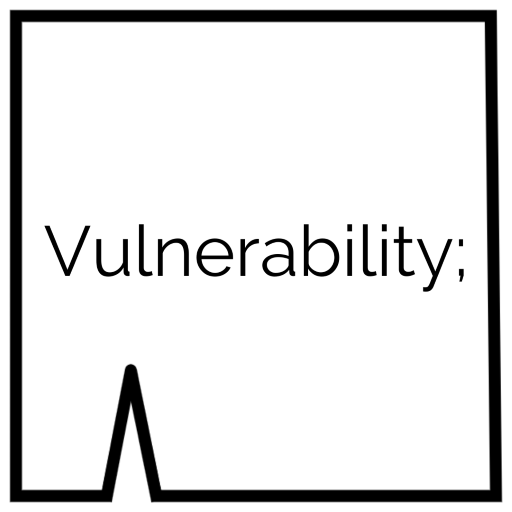Each person is unique. So too, are their quests and challenges in life. Yet some of the issues we face as human beings are quite universal. Happiness, health, harmonious relationships, success in our endeavors, enhanced performance and spiritual awakening. One ritual stands alone as the much needed remedy to bring us closer to achieving all these and more.
At its most fundamental, meditation is the practice of observing the mind in action. What happens as a result of witnessing our mind (without judgment or commentary), is that we begin to realize that we are actually not that chattering mind, nor the thoughts, beliefs, ideas, and the countless other distractions waiting for us when we sit in silence.
We realize that the mind will happen on its own, generating content, with or without our participation. We realize that who we are, our very identity, is the one who is witnessing all that goes on. The purpose of meditation is not to change our mind, but to awaken the self that is aware of it!
We can’t control life, but we can live more aware of what is interfering with our freedom and ease. By taking time to pause and notice our mental processes, we can reshape our perceptions and develop the essence of mindfulness: to infuse our subjective reality with tolerance and compassion.
And if you needed a neat little bullet list summary…
Demonstrated benefits include:
– Boosted ability to empathize with others.
– Development of positive emotions such as love, bliss, and gratitude.
– Greater self-acceptance.
– Increased feeling of purpose and direction.
– Enhanced focus and drive.
– Decreased tendency towards judgement of self and other.
How to make time for it
Finding time is a challenge for all of us! Balancing home life, work life, time with your partner, and time with your kids is exhausting. There is very little free time left when you look at the day as a whole. But, like pouring water into a bucket full of stones, with a little premeditation (Ha!) you can find some precious moments in the midst of the madness.
– Wake up 10 minutes earlier (it gets easier I promise!).
– Take 5 minutes of you-time during your meal break at work.
– Set time for it wherever you schedule your other important tasks and commitments, whether it’s Microsoft Outlook, Google Calendar, or on the white board beside your desk.
– Outsource everyday tasks, like grocery shopping, cooking, and clean up (here’s where Foodom can help!).
Take baby steps, be realistic with yourself. As you build your practice make sure to remind yourself that ANY time spent meditating – even just a few minutes – is better than no time at all.
How to Meditate:
1. Find a comfortable sitting position on a chair, a cushion or BASE BENCH (www.basefive.co/bench).
2. Set yourself a timer, 5 minutes, 10 minutes, 30 minutes. Whatever your intention, setting a timer gives you a set target to aim for.
3. Become aware of your body, turn your attention to the level of sensation within your body.
4. Begin to focus on your breath, attune to the sensation of air moving in and out of your body as you breathe. Let this be your anchor to the moment.
5. Notice when your mind has wandered and simply witness the wandering mind without judgment.
6. Be kind to your monkey mind. Don’t obsess over the content of the thoughts you find yourself lost in. Just come back to the breath.
7. Close with kindness. When you’re ready, gently open your eyes and pause for a moment and take in your surroundings before rising slowly, mindfully.
Meditation Tips:
– Designate a peaceful space to keep coming back to. Make this your ‘zen zone’.
– Meditate at the same time each day. To help make meditation a habit, carve out space in your schedule the same time each day and commit to following through.
– Take it slow and steady. When beginning the practice, you may experience anxiety and restlessness. With consistency, over time you will notice more space between wayward thoughts and the time will pass more quickly.
– Check-in with your posture, sit up straight so that the energy can move easily up the spine. Set your shoulders by rolling forward, up, and back, then relaxing into this new position. Drop your chin slightly, creating a slight stretch at the back of the neck to decompress the upper back.
– Try a guided meditation! These are the ideal way to begin a meditative practice. Freeing your mind to relax and follow along with the instruction.
Guided Meditations:
Guided meditations are one the simplest ways to get started with a mediation practice.
Love and gratitude.
Blog posts
View all-

REIKI; MY WAY
Reiki has its own intelligence. The energy goes where it is needed to heal the cause of a problem wherever it exists; body, mind, or spirit.
-

BASE BOXING
Though some classify it as barbaric or brutal, boxers know that this sport is a delicate dance, in reality differing very little from the artistic expression of ballet or a...
-

Ubuntu
We are all bound together in ways that can be invisible to the eye; there is a oneness to humanity; we achieve ourselves by sharing ourselves with others, and caring...
-

Vulnerability
To feel is to be vulnerable. To be vulnerable is to be human. Vulnerability in action is sharing our feelings and our experiences with people who have earned the right...
1
/
of
4



